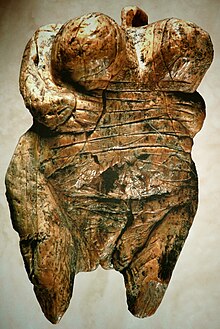Caves and Ice Age Art in the Swabian Jura
UNESCO World Heritage Site in GermanyThe Caves and Ice Age Art in the Swabian Jura are a collection of six caves in southern Germany which were used by Ice Age humans for shelter about 33,000 to 43,000 years ago. Within the caves were found the oldest non-stationary works of human art yet discovered, in the form of carved animal and humanoid figurines, in addition to the oldest musical instruments ever found. One statuette of a female form, carved figurines of animals, musical instruments and items of personal adornment have been discovered. Some of the figurines depict creatures that are half animal, half human. Because of their testimony to the development of Paleolithic art and culture, the six caves were inscribed on the UNESCO World Heritage List in 2017.
Read article
Top Questions
AI generatedMore questions



















